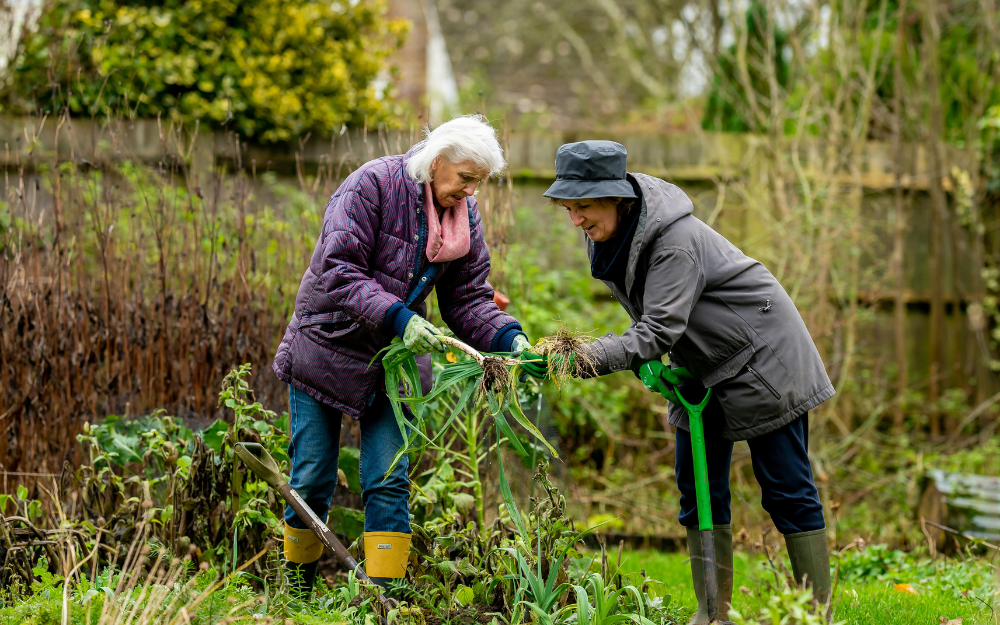If eligible, older Aussies can put up to $300,000 into their super using the money from the sale of their main residence, regardless of caps and restrictions that otherwise apply.

If you’re aged 65 or over and are looking to boost your retirement savings, you may be able to make a tax-free contribution to your super of up to $300,000 using the proceeds from the sale of your main residence.
You may have also heard in the 2021-22 Federal Budget that the government is proposing to lower the age Australians can make downsizer contributions from 65 to 60 from 1 July 2022, but that’s yet to become law.
In the meantime, here are the potential advantages, rules and other things you’ll want to be aware of if you’re considering using the proceeds of the sale of your home to top up your super.
Benefits of making a downsizer contribution
1. Downsizer contributions provide a way to top up your super balance
Older Aussies, who haven’t had the chance to save enough funds for retirement, may find that tax-free downsizer contributions provide a good opportunity to top up what they’ve saved to date.
2. No work test or age limits apply to downsizer contributions
To be able to make voluntary super contributions, usually people aged 67 to 74 need to satisfy (or be exempt from) a work test, where you have to work 40 hours over 30 consecutive days, while people aged 75 or over are generally ineligible to make any voluntary contributions to their super.
For downsizer contributions, these rules don’t apply.
3. Annual contribution caps also aren’t applicable
Annual concessional and non-concessional contributions caps don’t apply to downsizer contributions.
In fact, downsizer contributions can be made in addition to any concessional and non-concessional super contributions you may be eligible to make.
4. Downsizer contributions aren’t subject to the $1.7m total super balance restriction
While you can’t make non-concessional contributions into your super at all if your total super balance is $1.7 million or above as at 30 June of the previous financial year, this rule doesn’t apply to downsizer contributions.
5. There are no requirements to buy a new home
If you sell your main residence and make a downsizer contribution into your super, you’re not required to buy a new home with money you might make on the sale.
6. Both members of a couple can take advantage
For couples, both spouses can make the most of the downsizer contribution opportunity, which means up to $600,000 per couple can be contributed toward super.
Rules and other considerations to be aware of
-
Currently, you must be aged 65 or older to make a downsizer contribution
-
The property that’s sold needs to have been your (or your spouse’s) main place of residence at some point in time and you need to have owned the home for at least 10 years
-
The sold property must be in Australia and excludes caravans, mobile homes and houseboats
-
A downsizer contribution must be made within 90 days of receiving the sale proceeds
-
A downsizer contribution form must be given to your super fund before or when making your contribution
-
You can’t have previously made a downsizer contribution to super
-
The maximum amount of super savings (not including subsequent earnings) that can be transferred into a retirement pension increased to $1.7 million on 1 July 2021, but not for everyone. Find out more in our article – Transfer balance cap set to increase to $1.7 million
-
Downsizing your home may impact Age Pension eligibility. There is no special Centrelink means test exemption for making downsizer contributions
-
The costs involved in selling a property and buying another one (if that’s also on the agenda) can be considerable, so you’ll need to take into account any additional property-related costs
-
Downsizer contributions are not tax-deductible super contributions.
Where to go for more information
Depending on your situation, other rules may apply, so do your research and chat with us on Phone (02) 4365 4275.
Source: AMP July 2021
Important:
This information is provided by AMP Life Limited. It is general information only and hasn’t taken your circumstances into account. It’s important to consider your particular circumstances and the relevant Product Disclosure Statement or Terms and Conditions, available by calling Phone (02) 4365 4275, before deciding what’s right for you.
All information in this article is subject to change without notice. Although the information is from sources considered reliable, AMP and our company do not guarantee that it is accurate or complete. You should not rely upon it and should seek professional advice before making any financial decision. Except where liability under any statute cannot be excluded, AMP and our company do not accept any liability for any resulting loss or damage of the reader or any other person. Any links have been provided for information purposes only and will take you to external websites. Note: Our company does not endorse and is not responsible for the accuracy of the contents/information contained within the linked site(s) accessible from this page.


